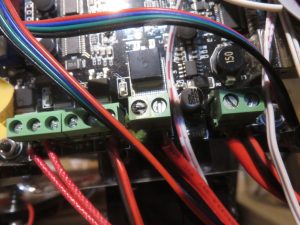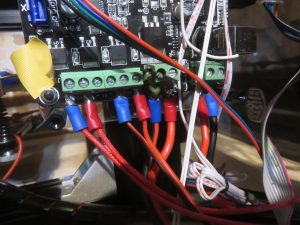Testing high voltages
The chinese negative ion generator i used in 3d-printer-particles-air-pollution made me a bit curious about what voltage it outputs. The page from the seller mentions several different values, 2-5kv, 5-8kv, 5kv and other things. So one wonders what it actually is. This sadly cannot be directly tested by just using a normal DMM as its a bit outside the supported voltage range of the average DMM. High voltage probes for DMMs exist but even chinese ones seem to cost at least ~70€ and i wouldn’t trust them safety wise. So lets make one for 1€ which we can trust to be unsafe.
We start out with a inappropriate high voltage probe enclosure, which we disassemble and remove the unneeded parts:
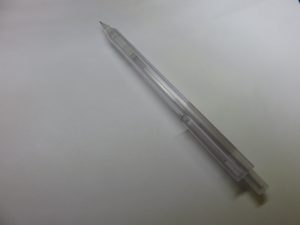
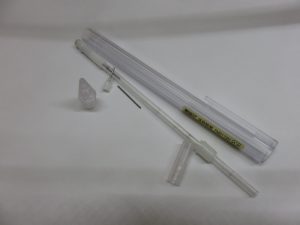
The innards of our HV probe is simply a 90MΩ resistor, which will together with the internal 10MΩ resistance of the DMM form a 10:1 voltage divider, extending its input range.
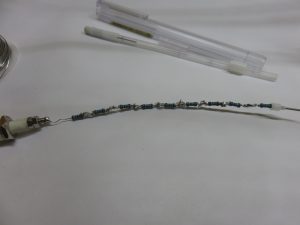
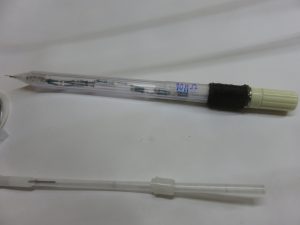
Lets try:
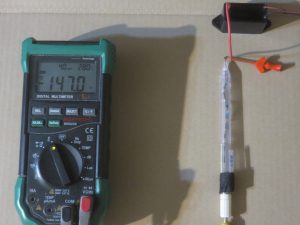
1470V, hmm
Checking what output saftey resistance this device uses:
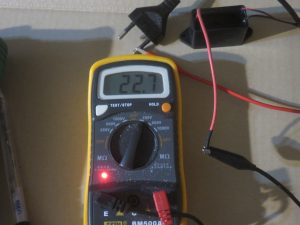
It seems its something around 20MΩ, maybe 2 10MΩ resistors ? Its potted so no easy way to tell exactly. But this changes our output voltage estimate as now our probe effectively is 110MΩ instead of 90MΩ. That raises it to 1764V, but it still feels a bit lowish to me. Also the 120MΩ to ground would draw 15uA, which could pull the voltage down by an unknown amount. This ionizer thing after all is not intended for producing any current.
To test for this we can use a higher value resistor. I do have a 1GΩ resistor (though it cost more than 1€), with it we get:
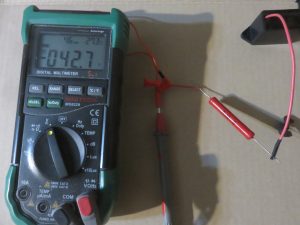
Aha, 4270V, so the 15uA does in deed quite significantly pull the voltage down. Now with 1GΩ we still pull 4uA here so this is likely still a too low estimate. Sadly i do not have a higher value resistor ATM.
What remains is to check that the 2 HV probe setups actually work at all, we must test this as we cannot be sure the DMM behaves as expected in this setup.
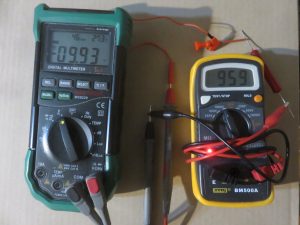
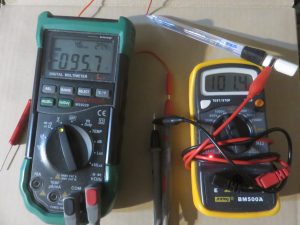
Both produce expected values at a 1kV test input, the voltage appears to be slightly below 1kV though.
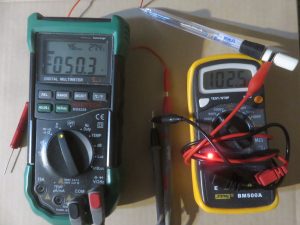
at a 500V test input the value matches much better indicating that indeed the 1kV test output seems lowish
disclaimer: high voltage is dangerous, do not play with it or replicate anything described above. If you do anyway you do so at your own risk.
